By Erin Steinacher, DPT, Clinic Manager
ApexNetwork Physical Therapy – Greenville, IL clinic
Tremors, slow movements, rigid muscles, impaired balance/posture, and loss of automatic movements—all signs of a progressive disease known as Parkinson’s disease. Parkinson’s affects an estimated 7 to 10 million people worldwide with no cure at this time. Options to slow symptoms include medication, potential surgery or therapeutic intervention. LSVT BIG is an exercise treatment program for people with Parkinson’s disease that is based on the principle that the brain can learn and change (neuroplasticity). It has been formulated to coincide with the speech program LSVT LOUD. Research on LSVT used over the last 15 years has shown that it results in improvements in speech intelligibility and voice loudness. LSVT BIG works on the same principle, using a single therapy focus (BIGNESS of movement) to improve movement quality in PD.
Movement problems in Parkinson’s disease
People with PD have trouble moving normally. Their movements are usually slower and smaller and they may shuffle or freeze when they walk. Some experience falls and problems with their balance. For most, movement problems can be overcome temporarily when they are “cued” or prompted (either by themselves or by another person or thing) to move better (i.e. “take a big step”, “stand up straight”).
How does LSVT BIG work?
The aim of the intensive LSVT BIG training is improve people’s ability to make bigger movements. These movements can then be generalized for different functional activities and situations. Initial results of research show that LSVT BIG training leads to:
* faster walking with bigger steps
* better balance
* increased trunk rotation
* improved quality of life
LSVT BIG is delivered by a specially trained therapist over 16 therapy sessions (four sessions a week for four weeks). Participants are encouraged to perform a variety of BIG movements with BIG effort in a series of specifically designed exercises. The focus on one therapy goal (BIGNESS) makes it is easier for patients to participate in this intensive program. The program is meant to be carried out long after treatment ends in order for the patient to have the highest level of success.
